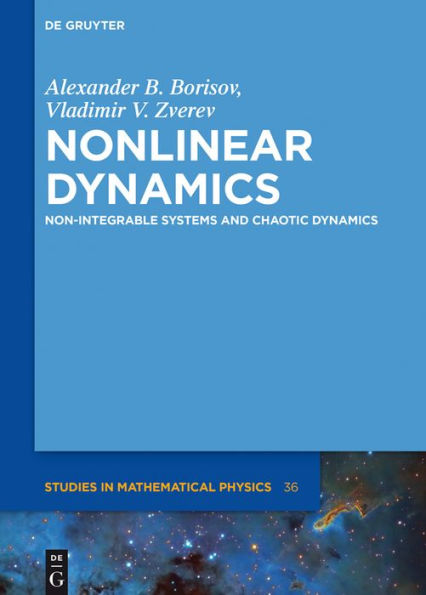The book provides a concise and rigor introduction to the fundamentals of methods for solving the principal problems of modern non-linear dynamics. This monograph covers the basic issues of the theory of integrable systems and the theory of dynamical chaos both in nonintegrable conservative and in dissipative systems. A distinguishing feature of the material exposition is to add some comments, historical information, brief biographies and portraits of the researchers who made the most significant contribution to science. This allows one to present the material as accessible and attractive to students to acquire indepth scientific knowledge of nonlinear mechanics, feel the atmosphere where those or other important discoveries were made. The book can be used as a textbook for advanced undergraduate and graduate students majoring in high-tech industries and high technology (the science based on high technology) to help them to develop lateral thinking in early stages of training.
Contents:
Nonlinear Oscillations
Integrable Systems
Stability of Motion and Structural Stability
Chaos in Conservative Systems
Chaos and Fractal Attractors in Dissipative Systems
Conclusion
References
Index
The book provides a concise and rigor introduction to the fundamentals of methods for solving the principal problems of modern non-linear dynamics. This monograph covers the basic issues of the theory of integrable systems and the theory of dynamical chaos both in nonintegrable conservative and in dissipative systems. A distinguishing feature of the material exposition is to add some comments, historical information, brief biographies and portraits of the researchers who made the most significant contribution to science. This allows one to present the material as accessible and attractive to students to acquire indepth scientific knowledge of nonlinear mechanics, feel the atmosphere where those or other important discoveries were made. The book can be used as a textbook for advanced undergraduate and graduate students majoring in high-tech industries and high technology (the science based on high technology) to help them to develop lateral thinking in early stages of training.
Contents:
Nonlinear Oscillations
Integrable Systems
Stability of Motion and Structural Stability
Chaos in Conservative Systems
Chaos and Fractal Attractors in Dissipative Systems
Conclusion
References
Index

Nonlinear Dynamics: Non-Integrable Systems and Chaotic Dynamics
299
Nonlinear Dynamics: Non-Integrable Systems and Chaotic Dynamics
299Related collections and offers

Product Details
| ISBN-13: | 9783110430677 |
|---|---|
| Publisher: | De Gruyter |
| Publication date: | 11/21/2016 |
| Series: | De Gruyter Studies in Mathematical Physics , #36 |
| Sold by: | Barnes & Noble |
| Format: | eBook |
| Pages: | 299 |
| File size: | 35 MB |
| Note: | This product may take a few minutes to download. |
| Age Range: | 18 Years |
